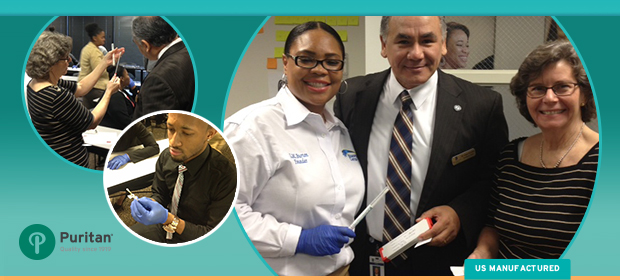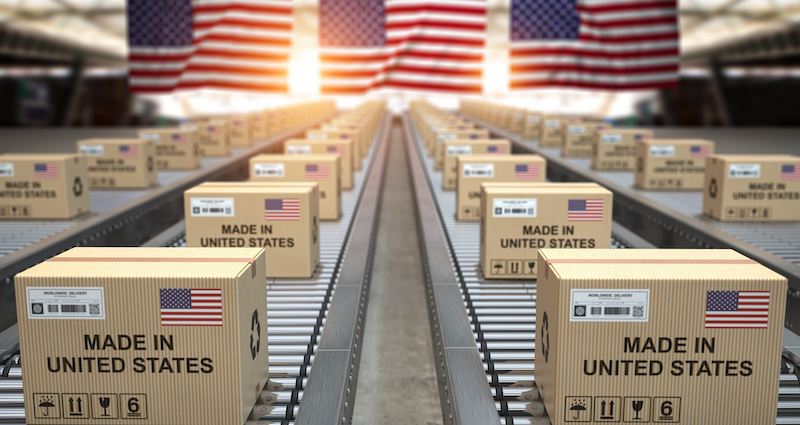
Recently Puritan’s Director of Sales - South Region, Elaine Seavey Maliff, had the opportunity to present on forensic swabbing techniques to a class of CSI students at Westwood College in Atlanta. Read her account below.
Ms. Linnell Burton, criminal justice adjunct instructor at Westwood College, and several of her students participated at the Florida/Georgia Int’l Assoc. for Identification Meeting in November, where Puritan was exhibiting.
Ms. Burton and several of her students visited the Puritan booth to learn about our forensics/DNA products and found them of real interest. Ms. Burton asked if it would be possible for Puritan to bring the information to the entire class. As I had travel to Atlanta already planned, I said, “yes, it would be my pleasure to tell your CSI students about specimen collection swabs, and how they are chosen/used for DNA collection.”
Forensic Swabbing in Crime Scene Investigation
I was greeted by 15-20 students and several faculty members. To be sure I brought current information, I pulled from previous notes and conversations with others in this field as I prepared training materials. Handouts included our latest forensic industry blog posts, providing advice on "How to Buy Forensic Swabs" and also detailing "How to Swab for Touch DNA" as these techniques are forensics essentials.
It looked to me that the class didn't expect to find swabs all that interesting, but within a few minutes of my launching into the materials and merits of each device, it was clear the information was of value. The students learned how applicators were made and sterilized, and what the packaging offered for information and product protection. From there, the conversation took off, with my personal anecdotes about swab use in general and actual forensic swabbing crime scene accounts by the instructor.
Most Popular Questions from Students and Faculty
- Why are there so many different styles/configurations of swabs?
- Why does the DNA specimen need to be dried before sealed?
- How long does it take for the tip to dry?
- Does the processing lab understand the components of the cta’s including glue and binder?
- How many swabs are needed at a crime scene?
- What is the difference between cotton/wood, foam and flock?
Then the practical application activities took over. Everyone was given samples of various Puritan products to handle and consider: cotton on wood (including Puritan's Cap-Shure®), polyester on plastic, DNA-free foam tipped, and flocked swabs.
Using proper handling and labeling techniques demonstrated by Ms. Burton, all the students collected buccal cell specimens from each other. They also used a cotton tipped applicator to test various suspicious fluids to determine if they were blood or not. The Campus Academic Dean joined the class, and one of the students collected and packed up his DNA in accordance with protocol. They also used tipped applicators to test various suspicious fluids to determine if they were dealing with blood or another material.
I listened and watched along with the students, as we considered what challenges varying crime scenes presented to CSIs when they gathered evidence. It was a great three hours of interaction with students and staff. The morning was a real learning experience for me, and I believe the students came away with a new appreciation for tipped applicators, this basic tool - known as the "swab" .
By: Elaine Seavey Maliff
Director of Sales - South Region
Puritan Medical Products Co.





